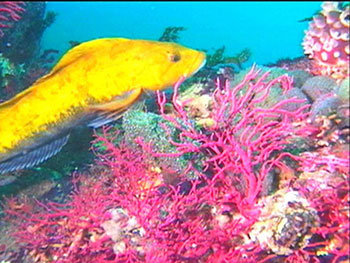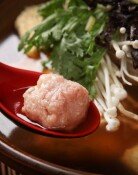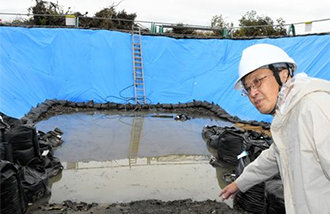The Beautiful Life and Death Struggle of Father Greenlings
The Beautiful Life and Death Struggle of Father Greenlings
Posted August. 05, 2005 04:58,

Greenlings lay eggs from October to January every year in the East Sea. Greenlings inhabiting the East Sea change colors to yellow, reddish brown, purplish brown and dark brown depending on where they live. And the fish is famous for its paternal love.
At 5:10 p.m. on August 7, MBC will air a documentary titled, Father Greenlings, 60 Days of Life-and-Death Struggle (produced by Choi Sam-gyu) on the life of male greenlings that devote themselves to caring for eggs until they hatch.
The preparation period of the documentary was three years, and the underwater shooting was completed over two sessions during the winters of 2003 and 2004 off the coast of Uljin.
Producer Choi is an experienced documentary producer and has made many documentaries. His documentary Wild Plain: Serengeti earned him a TV production award at the Baeksang Art Awards in 2002. He also won an award for superior work at the Korean Broadcasting Commission Awards in 2003.
The production team vividly captured male greenlings that do all they can to protect eggs right after female greenlings lay eggs and disappear, the entire hatching process, and the ecology of other marine life in the deep sea.
During spawning season, male greenlings change color from gray brown to gold, their marriage color, in order to attract females. After mating and egg-laying, the responsibility to protect the eggs falls on male greenlings. It is rare for male fish to protect eggs.
The ability of male greenlings is measured from the stage they receiving eggs. Able and experienced male greenlings receive eggs from 20 female fishes and hatch them, but inexperienced male greenlings are poor at receiving and hatching them.
Once eggs are laid, male greenlings display steadfast paternal love. They provide eggs with oxygen for smooth hatching and fight with natural enemies. The hatching period is 60 days.
The production team captured scenes of greenlings efforts to protect their eggs, such as 70 centimeter-long greenlings fight with an octopus weighing over 10 kilograms, and greenlings defenses against wave after wave of starfish attacks. Greenlings displayed intelligent tactics by preventing starfish stomachs from touching the eggs.
The documentary will also show sea anemones that bloom only when the water temperature falls below seven degrees Centigrade, the seminal emission of sea squirts and sea anemones that happens once a year, and large squids riding on waves. Producer Choi said, Even though greenlings are just fish that we dont take seriously, their struggle to protect eggs gives a lot of lessons to people who live in a time when paternal love seems to have disappeared.
zozo@donga.com







